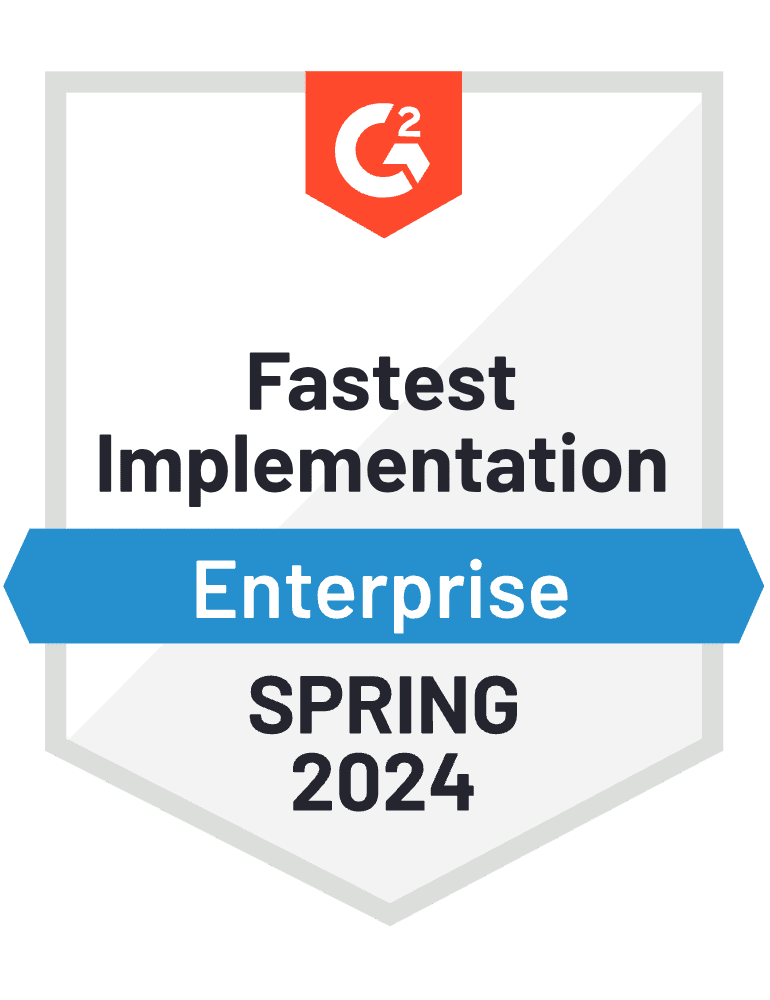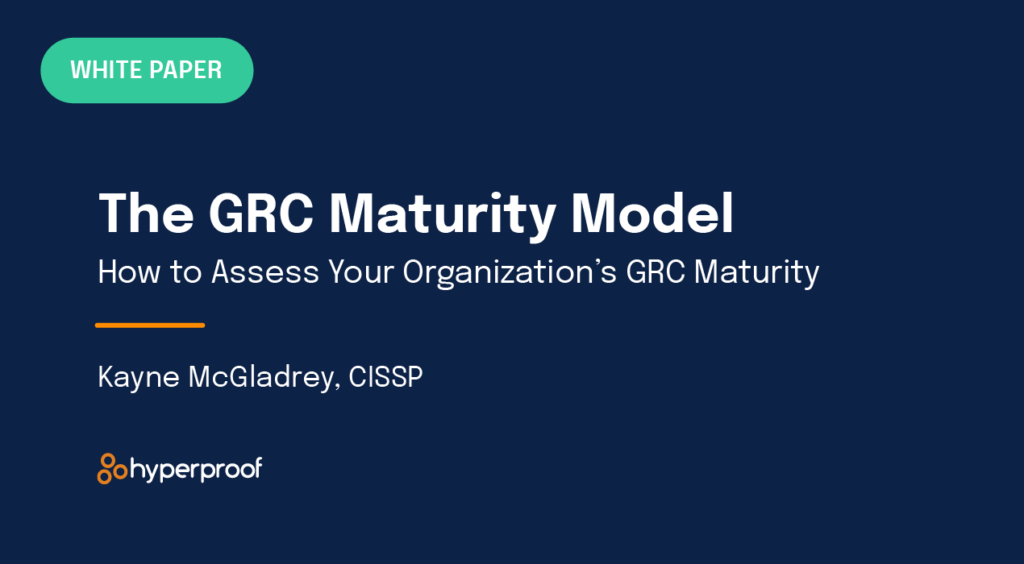The Year of Global AI and Cybersecurity Regulations: 7 GRC Predictions for 2025

As 2025 approaches, emerging regulations and laws will affect how CISOs strategize and protect their organizations. With the increasing complexity of global compliance frameworks, understanding these changes is crucial for maintaining security and operational efficiency. Let’s discuss what I expect regarding regulatory shifts and their implications this year and explore what CISOs and CCOs should prepare for in the coming year with our GRC predictions for 2025.
Results from 2024
The current cybersecurity and AI environment has been marked by significant advancements and challenges. As organizations increasingly adopt AI technologies, they face new vulnerabilities, particularly as AI-powered attacks and deepfake scams. Threat actors are leveraging AI to enhance the sophistication of their attacks, making them more efficient and harder to detect.
At the same time, the rise of AI-driven business tools is transforming how companies need to report on their compliance with various laws and regulations. Integrating AI into cybersecurity strategies (and solutions) is not just a trend but a necessity, as it allows for faster threat detection and response, crucial for protecting complex, distributed networks. As we approach 2025, the interplay between AI advancements and cybersecurity measures will continue to shape the strategies of CISOs worldwide.
Prediction 1: Global security laws will see significant changes in 2025
In 2025, global cybersecurity laws will see significant changes, reflecting the growing need for comprehensive regulatory frameworks based on cyber norms. As cyber threats become more sophisticated, governments worldwide are likely to introduce stricter regulations to protect consumer data and ensure organizational compliance. Global harmonization of privacy laws will help to reduce the friction caused by varying regulations like GDPR, CCPA, and PIPL.
The rise of AI technologies will continue to prompt new regulations focusing on data handling and privacy, as well as the ethical use of AI in business. Governments may also impose restrictions on specific third-party or open-source software components, citing national security concerns, which will require organizations to adapt their software supply chains accordingly. These regulatory shifts will demand that organizations invest in agile governance, risk, and compliance solutions to stay ahead of the curve and maintain operational resilience.
Prediction 2: The US is headed into a period of reduced regulatory enforcement and potential de-regulation
The United States is headed into a period of reduced regulatory enforcement and potential de-regulation, although it is unclear if established cybersecurity regulations will be affected by initiatives like DOGE. Cybersecurity remains a bipartisan issue. It is more likely that enterprising litigants may file challenges under Loper-Bright for overly onerous cybersecurity regulations. However, an influx of legal challenges under Loper-Bright will undoubtedly remind cybersecurity professionals that lawsuits move at a far more deliberate pace than nation state-backed threat actors, so patience will be a requirement. It remains unlikely that a meaningful national privacy bill will come to Congress, primarily as it would set up a state’s rights fight led by Attorney’s General if any future privacy bill reduced individual state-level privacy protections.
Prediction 3: The EU is heading into a period of regulatory enforcement
By comparison, the European Union is headed into a period of increased regulatory enforcement and additional regulation related to cybersecurity and AI. This is unfortunate, as it appears regulators have conflated cybersecurity with regulatory compliance. This interpretation will pose substantial challenges for companies offering services or products in the EU, and may lead to market consolidation.
The combined effects of the EU AI Act, EU Product Liability Directive (PLD), Cyber Resilience Act (CRA), NIS2, DORA, Cybersecurity Act (CSA), and GDPR drastically will increase compliance costs for businesses choosing to operate or sell in the EU, particularly those in the high-tech or manufacturing sector (driven by the EU PLD). As many of these new or updated regulations also carry potential high penalties for non-compliance, regulated entities might choose to merge or exit the market if EU regulators lean hard into financial penalties. This regulatory climate may negatively affect innovation and startups in the EU.
Prediction 4: CISOs and CCOs will need to adjust their initiatives
As regulations evolve, CISOs and CCOs will continue to need to make adjustments in their initiatives to align with new legal requirements and maintain organizational integrity. This involves integrating compliance activities within strategic planning processes, ensuring that senior management is actively involved in compliance-related decision-making. Organizations must leverage sensible automation for compliance operations and to enhance the efficiency of monitoring and auditing processes. For mature organizations, predictive analytics may play a role in planning for legal changes, allowing organizations to adapt their compliance strategies.
Prediction 5: Fostering a culture of compliance and ethics will remain essential
Fostering a culture of compliance and ethics throughout the organization will remain essential, emphasizing the importance of compliance as a key component of business operations. By distributing compliance-related responsibilities across all levels, organizations can ensure accountability and empowerment in compliance activities, ultimately leading to a more resilient and compliant enterprise.
Prediction 6: GRC maturity will become more important than ever
Adapting to new regulations presents several hurdles for organizations, particularly in aligning existing processes with updated compliance requirements. These will particularly affect traditional and initial maturity organizations (as defined by the GRC Maturity Model). Here are a few of the major challenges organizations face when attempting to mature GRC:
- A lack of standardized tools and techniques for risk mitigation lead to inconsistent application across departments. Organizations often rely on manual processes, which are not only time-consuming but also prone to errors, making it difficult to keep up with regulatory changes.
- Limited stakeholder involvement in planning for risk mitigation can cause misaligned responses, further complicating compliance efforts.
- Insufficient resource allocation for business risk management can hinder the ability to implement necessary changes effectively.
- The dependency on individual experience rather than structured methods can also impede the development of a cohesive compliance strategy.
These challenges demand a shift towards more integrated and automated compliance solutions to ensure that organizations can adapt swiftly and efficiently to new regulatory landscapes.
Prediction 7: Organizations will shift toward leveraging AI to enhance security measures
Changing cybersecurity regulations can offer significant opportunities for innovation and enhanced security measures. As organizations work to meet new compliance standards, there often are benefits associated with using AI for routine, predictable tasks like report writing that would otherwise be a drag on productivity. Integrating AI also can improve an organization’s overall security posture by providing deeper insights into vulnerabilities and threat patterns. The shift towards more comprehensive stakeholder engagement in risk management processes encourages collaboration and knowledge sharing, fostering a culture of continuous improvement and innovation. By leveraging these opportunities, organizations can not only comply, but also drive strategic growth and resilience in an increasingly complex security environment.
Outlook for 2025
Organizations must prepare for stricter global cybersecurity laws and AI regulations that will impact data handling and privacy practices. Many of these new or updated laws are extraterritorial and will affect domestic regulated entities. CISOs will need to adjust their compliance management strategies, integrating tools to automate compliance processes and enhance efficiency.
While adapting to new regulations presents challenges, such as aligning existing processes and ensuring stakeholder involvement, it also offers opportunities for innovation and improved security through the use of advanced controls and comprehensive risk management. As organizations navigate these changes, they must focus on aligning risk management with strategic goals to succeed in the future.
These predictions for 2025 highlight the benefits of advancing along the GRC maturity spectrum to achieve business success. As global regulations become more stringent, organizations that have progressed to higher maturity levels are better equipped to handle these changes. Organizations at advanced maturity levels integrate compliance into their strategic planning, ensuring that risk management aligns with business objectives and supports proactive adaptation to new laws.
The focus on continuous learning and stakeholder engagement further illustrates the importance of a mature GRC approach, as it fosters an environment where organizations can quickly adapt to regulatory shifts and maintain resilience. These lessons underscore the value of advancing along the GRC maturity spectrum to navigate the challenges of future regulatory landscapes effectively.
See Hyperproof in Action
Related Resources
Ready to see
Hyperproof in action?












